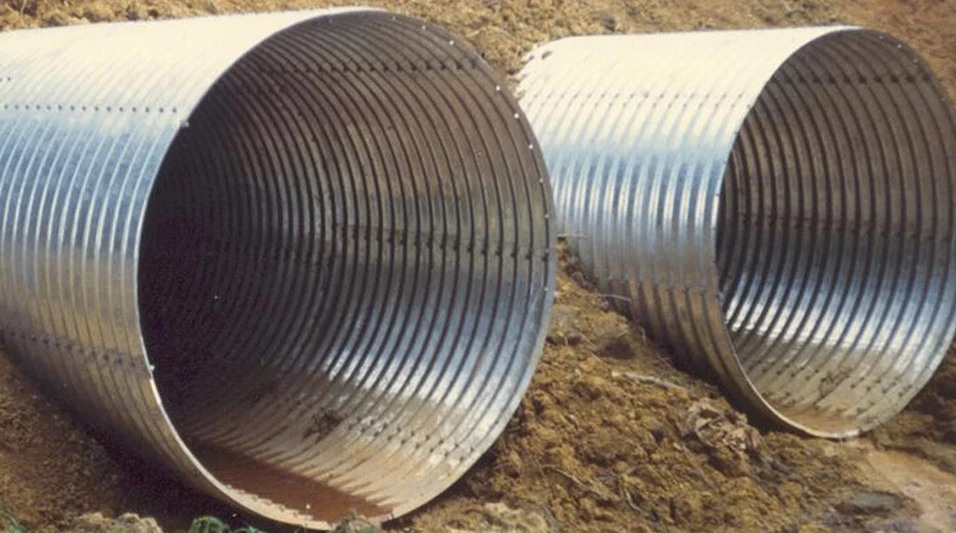
Photo courtesy of the American Iron and Steel Institute
More than a dozen Senators have co-signed a letter to the U.S. Department of Commerce requesting action on what they call an “unsustainable surge of Mexican steel imports.”
In particular, the letter points to steel conduit imports as having reached a level that has contributed to the closing of a steel conduit production facility in the U.S. The 13 senators, from states including Arkansas, Ohio and Pennsylvania, urge Secretary of Commerce Gina Raimondo and U.S. Trade Rep. Katherine Tai to “act now to avoid further damage.”
The letter refers to earlier Section 232 duties on such shipments having been lifted in 2019 in the runup to the ratification of the United States-Mexico-Canada Agreement (USMCA).
The co-authors say the volume of Mexican iron and steel products entering the U.S. has increased “approximately 73 percent” compared with a 2017 baseline figure. To combat that circumstance, they suggest both “quotas, if necessary” and “the reapplication of Section 232 tariffs.”
In its roundup of January steel import figures, the Washington-based American Iron and Steel Institute (AISI) says imports of finished steel increased by more than 18 percent compared with the prior month. This happened at the same time steel output figures in the U.S. were stable or rising by about 1 percent.
According to AISI, Mexico was the second-largest supplier (behind Canada) of finished and semifinished steel to the U.S. in January. The 456,000 tons of steel it shipped to the U.S. was up by 10 percent from the prior month’s shipments.
The request comes on the heels of the U.S. government imposing a 200 percent tariff on imports of Russian aluminum. That import duty could carry greater geopolitical versus market heft. According to U.S. Department of Commerce figures, the volume of Russian aluminum entering the U.S. has already declined from about 770,000 metric tons in 2017 to less than 210,000 metric tons last year.
Latest from Recycling Today
- ReMA opposes European efforts seeking export restrictions for recyclables
- Fresh Perspective: Raj Bagaria
- Saica announces plans for second US site
- Update: Novelis produces first aluminum coil made fully from recycled end-of-life automotive scrap
- Aimplas doubles online course offerings
- Algoma EAF to start in April
- Erema sees strong demand for high-volume PET systems
- Eastman Tritan product used in cosmetics packaging






